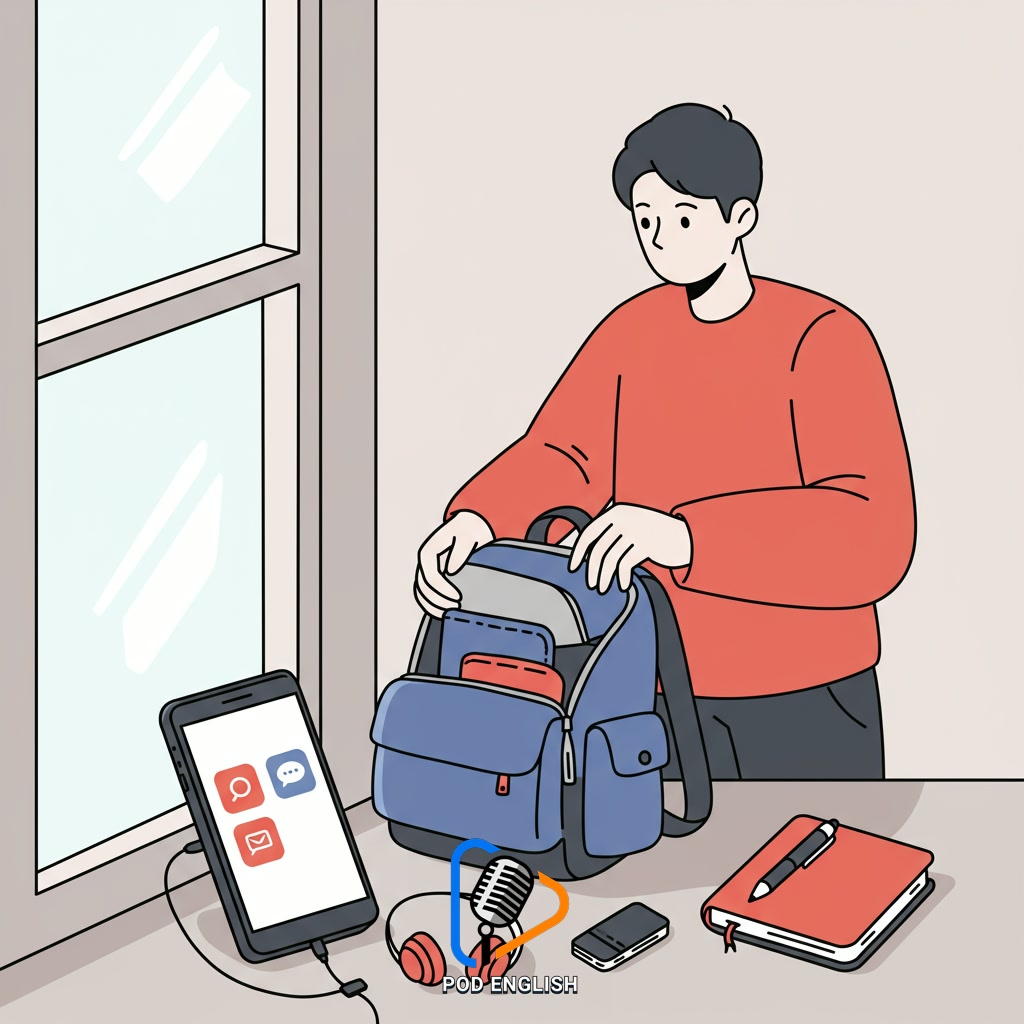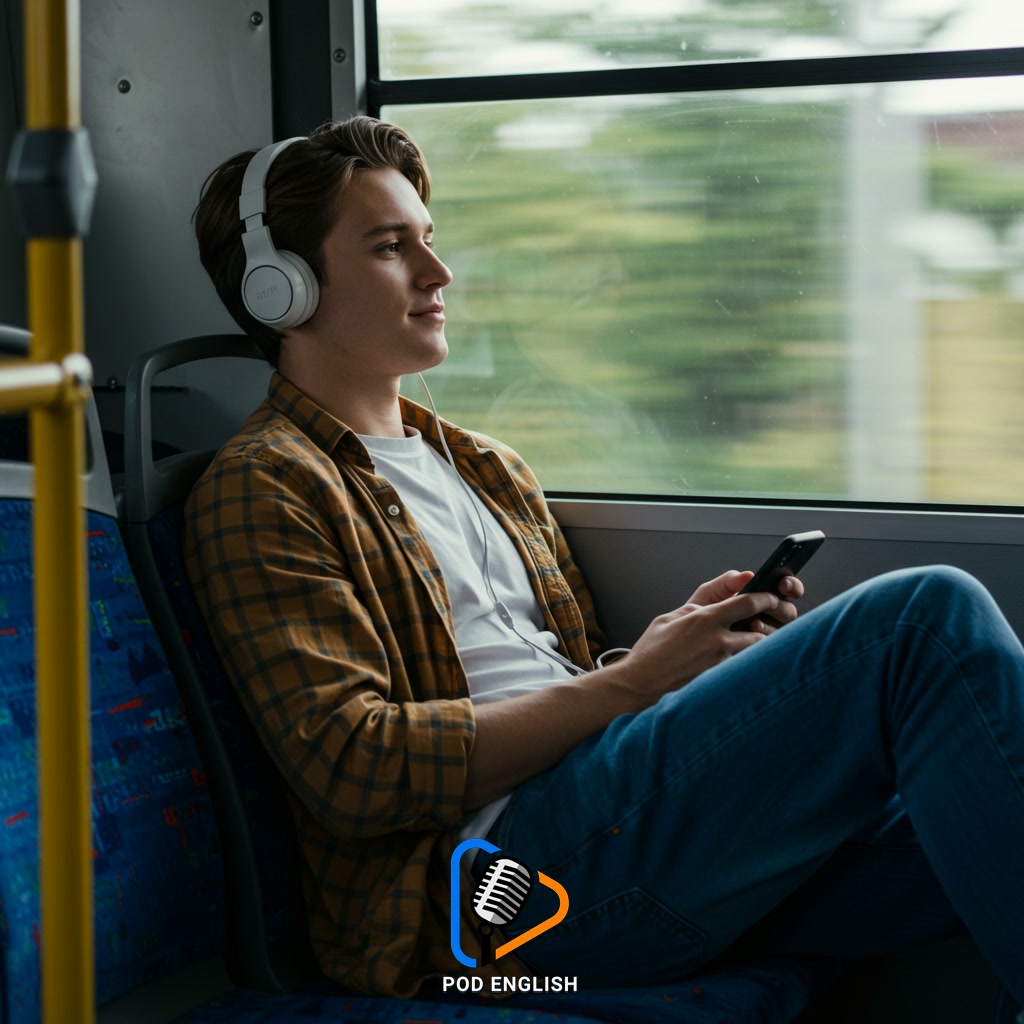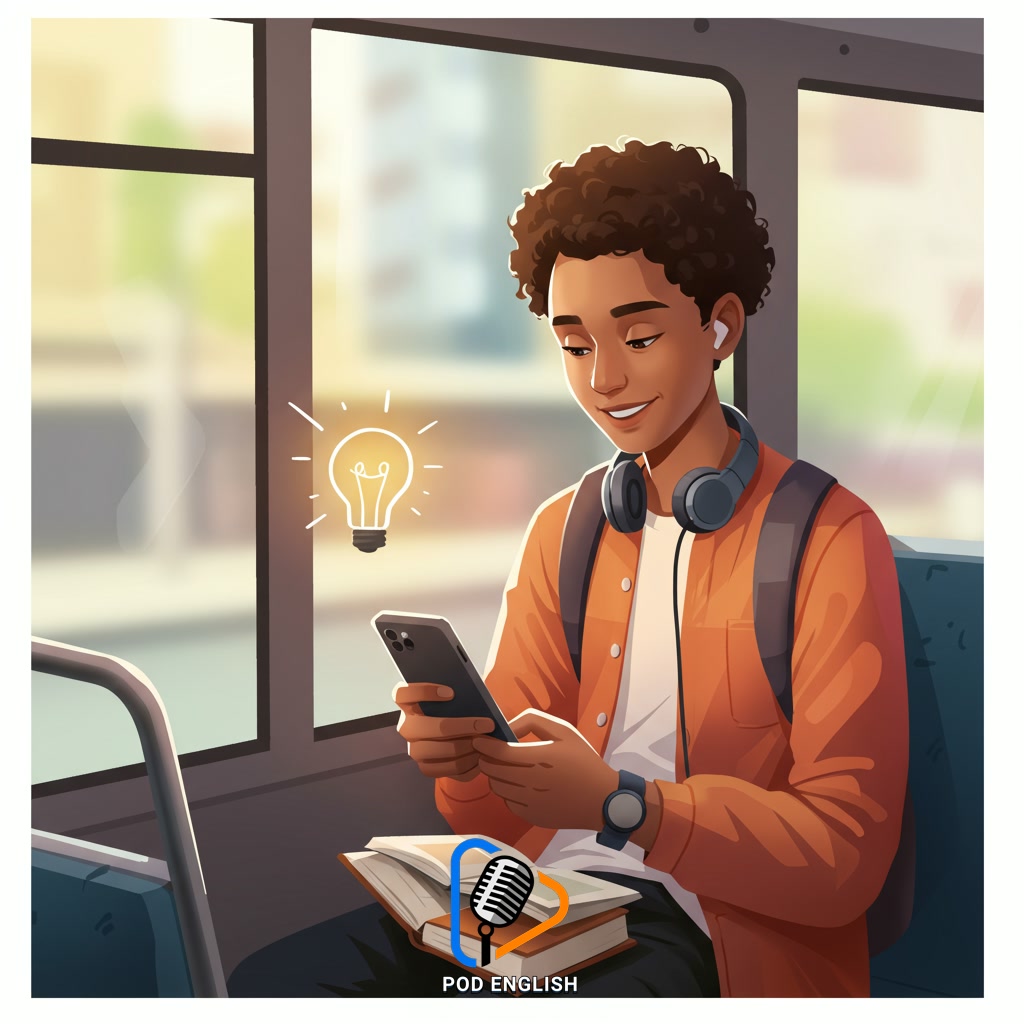Learn English
Learn English On the Go: Your Guide to Practicing While Commuting by Bus

This guide explores effective strategies for enhancing your English abilities during your daily bus commute. It provides practical tips and resources designed for on-the-go language practice. Discover how to transform your travel time into a productive period for improving your English proficiency.
Table of Contents
- Section 1: Introduction: Turning Your Bus Commute into Learning Time
- Section 2: Getting Prepared: Essential Tools and Resources
- Section 3: Mastering Listening Skills On the Go
- Section 4: Boosting Vocabulary and Reading Comprehension While Commuting
- Section 5: Making It a Habit: Consistency and Routine
- Section 6: Conclusion: Maximizing Your Commute for English Fluency
Section 1: Introduction: Turning Your Bus Commute into Learning Time

Introduction: Turning Your Bus Commute into Learning Time
Finding dedicated time to practice English can be a challenge with busy schedules. However, your daily bus commute, often seen as ‘dead time,’ presents a unique and consistent opportunity to transform travel into productive learning. Instead of passively enduring the journey, you can actively engage with the English language right from your seat. This introductory section sets the stage for how you can harness these moments. We’ll explore the potential of turning your regular bus ride into a valuable part of your language learning journey, demonstrating that even short, focused periods can significantly contribute to improving your English skills. Get ready to see your commute not just as a way to get from A to B, but as a chance to make tangible progress.
Section 2: Getting Prepared: Essential Tools and Resources
To effectively utilize your bus commute for English practice, a little preparation goes a long way. Before you even step out the door, gather your essential tools. Your smartphone is perhaps the most versatile resource; ensure it’s charged and loaded with relevant apps for vocabulary building, listening exercises, or even e-books and podcasts. Don’t forget a good pair of headphones – they are crucial for blocking out ambient noise and focusing on audio content. Consider downloading materials beforehand to avoid relying on potentially spotty mobile data. A small notebook and pen can also be useful for jotting down new words or phrases. Having these items ready makes it easy to transition into learning mode as soon as you find your seat.

Getting Prepared: Essential Tools and Resources
Section 3: Mastering Listening Skills On the Go
With your smartphone and headphones ready, mastering listening skills becomes highly practical during your bus commute. This travel time offers a dedicated block for immersing yourself in authentic English audio. Explore various resources like podcasts designed for English learners, audiobooks covering your interests, or simply listen to English songs. Many language learning apps also feature extensive listening exercises. The key is active engagement: try to grasp the main idea, identify new vocabulary, or even attempt to transcribe short phrases mentally. While background noise might be a challenge, headphones significantly help. Transform your commute into a mobile listening lab, gradually tuning your ear to the nuances of spoken English and building confidence in understanding native speakers.

Mastering Listening Skills On the Go
Section 4: Boosting Vocabulary and Reading Comprehension While Commuting
Following the focus on listening, your bus commute is also an excellent opportunity to significantly boost your vocabulary and reading comprehension. With your smartphone, you have access to a vast library of digital resources. Utilize e-reader apps to read short articles, news summaries, or even chapters of simplified books. This practice exposes you to new vocabulary in context, making it easier to understand and remember. Additionally, dedicated vocabulary apps or digital flashcards can turn passive travel time into active learning sessions. Make it a habit to look up unfamiliar words you encounter while reading and add them to your personal study list. This targeted approach transforms your daily journey into a productive period for expanding your English lexicon and improving your ability to understand written material.

Boosting Vocabulary and Reading Comprehension While Commuting
Section 5: Making It a Habit: Consistency and Routine
Making English practice a consistent habit is crucial for real progress. While your bus commute offers valuable time for listening, reading, and vocabulary building, these efforts are most effective when done regularly. Think of it like exercise; short, frequent sessions yield better results than occasional long ones. Try to build a routine: perhaps dedicate the morning commute to listening to podcasts and the evening ride home to reading articles or reviewing flashcards. Even if you only have 15-20 minutes, using this time daily transforms it into significant learning over weeks and months. Consistency helps reinforce what you learn and makes English practice a natural part of your day, preventing skills from fading away.

Making It a Habit: Consistency and Routine
Section 6: Conclusion: Maximizing Your Commute for English Fluency
In conclusion, transforming your daily bus commute into dedicated English practice time is a highly effective strategy for accelerating your language learning journey. As highlighted earlier, consistency is key, and integrating practice into an existing routine like commuting makes it more sustainable. By actively utilizing this time for listening, reading, vocabulary building, and even silent speaking practice, you are maximizing valuable minutes that might otherwise be unproductive. Embrace the opportunities your commute offers, stay disciplined, and you will see significant progress towards greater English fluency and confidence. This guide provides the tools; your commitment during the commute makes the difference.

Conclusion: Maximizing Your Commute for English Fluency













